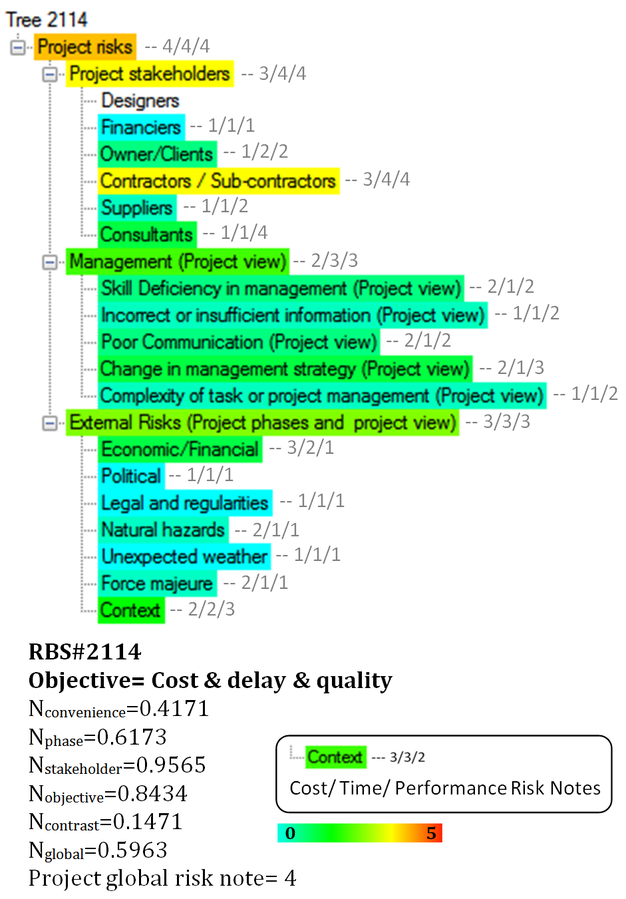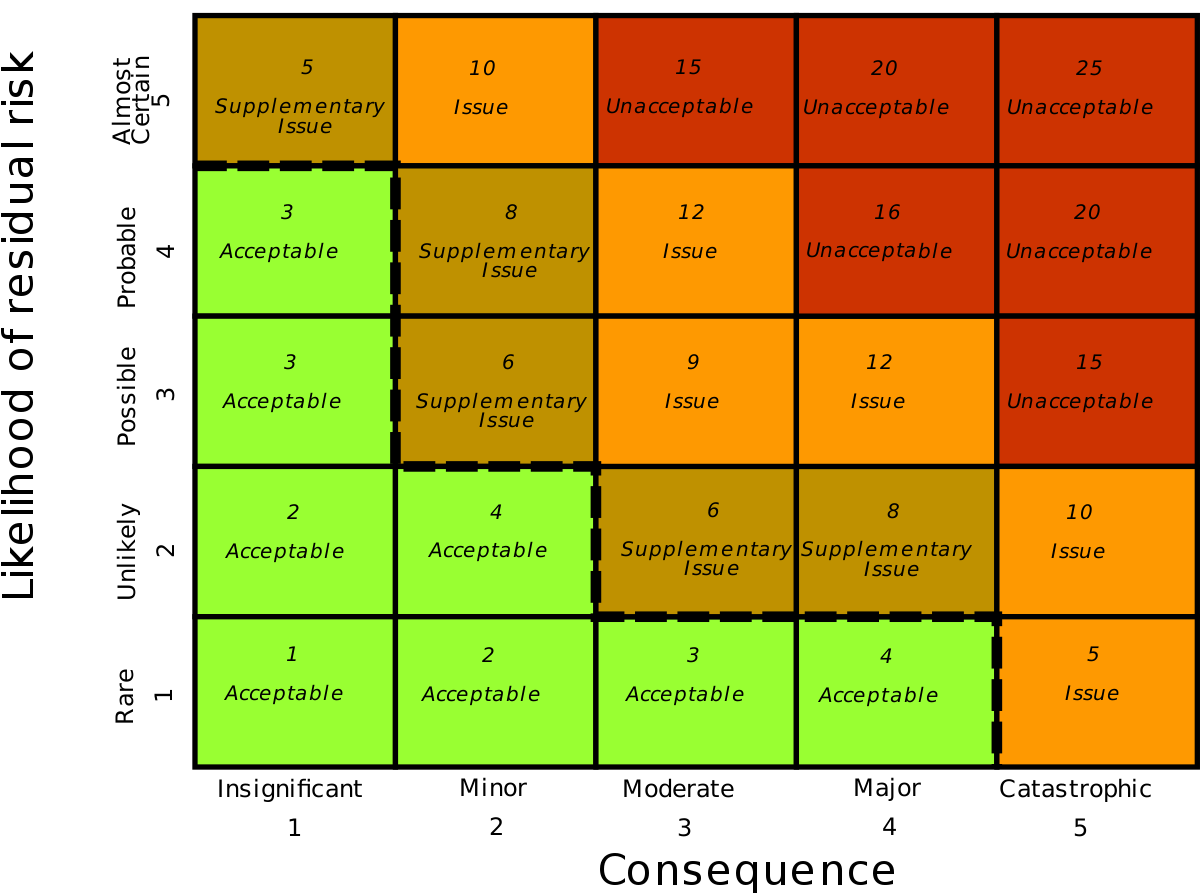Risk-Based Testing: Prioritization Of Tests Based On Risk And Cost
 Pavlin
Pavlin
In the dynamic landscape of software development, ensuring quality is paramount. One effective strategy to achieve this is the Risk-Based Approach to Quality Assurance (QA). This approach involves prioritizing tests based on the severity of potential risks, focusing efforts where they matter most.
Let's delve into the key aspects of this strategy.
What is a risk-based approach to QA?
Understanding Risk in QA
Risk in QA is not a singular concept; it encompasses both positive and negative aspects.
Positive Risks
Positive risks entail opportunities that, if realized, could enhance the project's success. Identifying and leveraging these opportunities is a crucial aspect of risk-based QA.
On the flip side.

Negative Risks
Negative risks involve potential issues or challenges that, if materialized, could impede the project's progress. The goal is to proactively address and mitigate these risks.
When to implement Risk based Testing
Determining the appropriate juncture for implementing risk-based testing is pivotal. This ensures that the testing efforts align with the project's development phase, optimizing resource utilization.
Risk Management Process
The foundation of the Risk-Based Approach lies in a robust risk management process.
Project Development Phases
Resource Allocation
Project Timelines
Requirement Changes
Complex Functionalities
Integration Points
Critical Business Processes
Regulatory Compliance
User Experience
Security Vulnerabilities
| Trigger | Action |
| Project Development Phases | Align testing with each phase's unique challenges. |
| Resource Allocation | Prioritize testing based on available resources. |
| Project Timelines | Implement proactive testing to avoid timeline risks. |
| Requirement Changes | Adjust testing strategies to evolving requirements. |
| Complex Functionalities | Focus testing efforts on thoroughly validating complexity. |
| Integration Points | Targeted testing for ensuring seamless integrations. |
| Critical Business Processes | Mitigate risks related to critical business functionalities. |
| Regulatory Compliance | Systematically address compliance requirements. |
| User Experience | Prioritize testing on user-centric functionalities. |
| Security Vulnerabilities | Emphasize security testing to identify vulnerabilities. |
Risk-Based Testing Implementation Table
Risk Identification
Identifying risks is a crucial step in the risk management process.
Strategies for thorough risk identification should cover technical, resource, project, and product-related aspects.
Risk Register
A comprehensive risk register is essential for logging and tracking identified risks. It serves as a repository of information about potential risks and their associated details.
What is Risk Breakdown structure ?
The sample RBS below provides a structured overview of potential risks in a QA project:

Risk Response planning
Once risks are identified and analyzed, the next step is risk response planning. This involves creating a well-thought-out strategy to address and mitigate potential issues.
The goal is to have a proactive approach that minimizes the impact of risks on the testing process.
Risk Mitigation
Risk mitigation involves taking preventive measures to reduce the likelihood of problems occurring. This could include thorough testing, code reviews, and implementing best practices throughout the development and testing phases.
Risk Monitoring and Control

Continuous Monitoring for Timely Intervention
Risk monitoring is an ongoing process that continues throughout the software testing lifecycle. Continuous monitoring ensures that any new risks are identified promptly, allowing for timely intervention and resolution.
Implementing Control Measures
Implementing control measures involves taking corrective actions to manage identified risks. This may include adjusting testing strategies, reallocating resources, or revisiting risk response plans based on the evolving nature of the project.
Types of Risk When Testing?
Product risks are those where the primary effect of a potential problem is on the quality of the software product.
This could include issues related to functionality, performance, or security.
There are two main types of risk we need to concede
Project (Planning) Risks
Project risks, on the other hand, primarily affect the overall success of the project. These risks could arise from planning and coordination issues, resource constraints, or unexpected changes in project requirements.
Project (planning) risks
Project risks, on the other hand, primarily affect the overall success of the project. These risks could arise from planning and coordination issues, resource constraints, or unexpected changes in project requirements.
Levels of Risk in Testing
Factors for Classifying the Level of Risk
When conducting risk analysis in software testing, it is crucial to classify risks based on their likelihood of occurrence and the potential impact they may have. This classification helps in prioritizing efforts and resources effectively.
The factors for classifying the level of risk can be broadly categorized into technical considerations and business considerations.
Likelihood of the Problem Occurring
The likelihood of a problem occurring is a technical consideration that stems from various aspects of the software development and testing environment. Some key technical factors to consider include:
Programming Languages Used: The choice of programming languages can introduce specific challenges or vulnerabilities.
Bandwidth of Connections: The efficiency of communication and data transfer may be impacted by the available bandwidth.
Impact of the Problem in Case It Occurs
The impact of a problem is a business consideration, focusing on the potential consequences for the project and the organization. Business-related factors influencing the impact include:
Financial Loss: Assessing the financial implications of a risk, including potential costs for resolution.
Number of Users Affected: Understanding the extent to which end-users or stakeholders may be impacted.
Levels of Risk
In order to visually represent the levels of risk, a table can be utilized. This table serves as a practical tool for organizing and communicating the assessment of risk levels.
| Risk Level | Likelihood | Impact |
| High | High | High |
| Medium | Medium | Medium |
| Low | Low | Low |
This table allows the testing team to assign a risk level based on the combination of likelihood and impact. Risks that fall into the "High" category require immediate attention and thorough testing efforts, while those in the "Low" category may be addressed with a less intensive approach.
Prioritization of Effort
To optimize the testing process, prioritization of effort is essential. This involves focusing on the more critical risks first, ensuring that resources are allocated where they are most needed.
The prioritization criteria include:
| Criteria | Importance | High Priority Actions or Considerations | Medium Priority Actions or Considerations | Low Priority Actions or Considerations |
| Critical Functions | High | - Thorough testing of critical functions | - Periodic testing of critical functions | - Minimal testing of critical functions |
| Visibility of Problems | High | - Rigorous testing for highly visible issues | - Moderate testing for moderately visible issues | - Limited testing for less visible issues |
| Frequency of Function Use | Medium | - Intensive testing for frequently used functions | - Standard testing for moderately used functions | - Basic testing for infrequently used functions |
| Can We Do Without? | Low | - In-depth testing for indispensable functions | - Standard testing for moderately necessary functions | - Limited testing for less critical functions |
Prioritization of Effort - Table
Importance: Indicates the significance of each criterion in determining the priority of effort.
High Priority: Space to indicate specific actions or considerations for high-priority items.
Medium Priority: Space to indicate specific actions or considerations for medium-priority items.
Low Priority: Space to indicate specific actions or considerations for low-priority items.
Product Risks: What to Think About
Understanding and addressing product risks is integral to ensuring the quality and success of the software product.
Here are key considerations when dealing with product risks:
| Consideration | Description |
| Critical Functions | Identify functions and attributes that are crucial for the success of the product. |
| Visibility of Problems | Assess how visible a problem in a function or attribute would be to customers, users, and stakeholders. |
| Frequency of Function Use | Evaluate how often a specific function is utilized by end-users. |
| Can We Do Without? | Determine the feasibility of omitting certain functions without compromising overall product quality. |
Product Risks: What to Think About - Table
Critical Functions and Attributes: Determine which functions and attributes are absolutely critical for the success of the product.
Visibility of Problems: Consider how visible a problem in a function or attribute would be to customers, users, and individuals outside the development team.
Frequency of Function Use: Assess how often a specific function is utilized by end-users.
Can We Do Without?: Evaluate the feasibility of omitting certain functions without compromising the overall functionality and user experience.
Conclusion
By systematically addressing these considerations, the testing team can develop a comprehensive strategy for managing and mitigating product risks during the testing process. This proactive approach contributes to the overall success of the software development project.
Subscribe to my newsletter
Read articles from Pavlin directly inside your inbox. Subscribe to the newsletter, and don't miss out.
Written by
